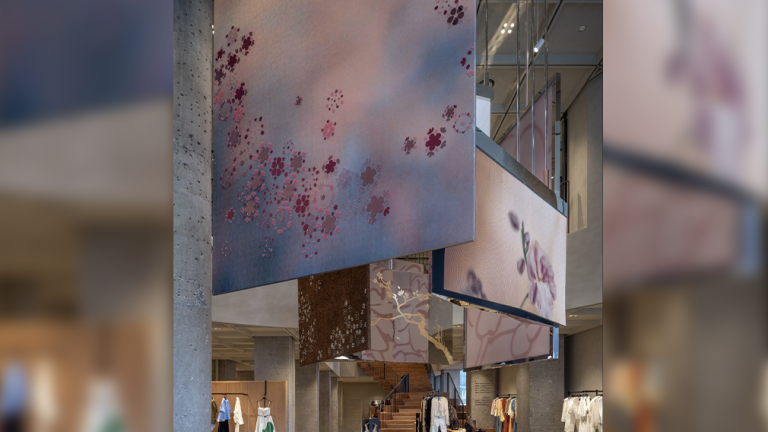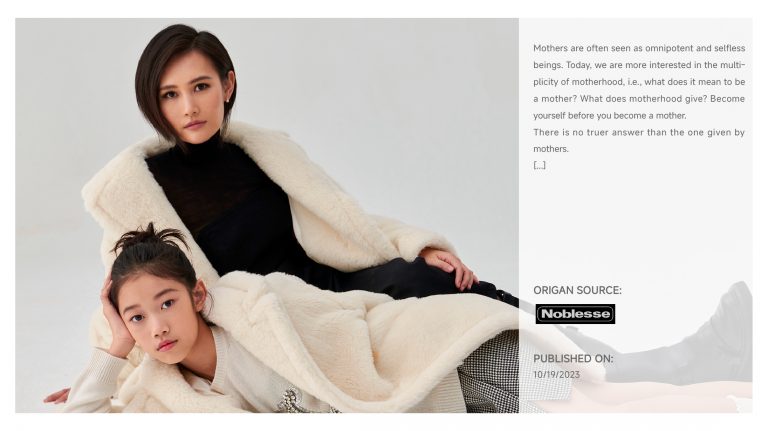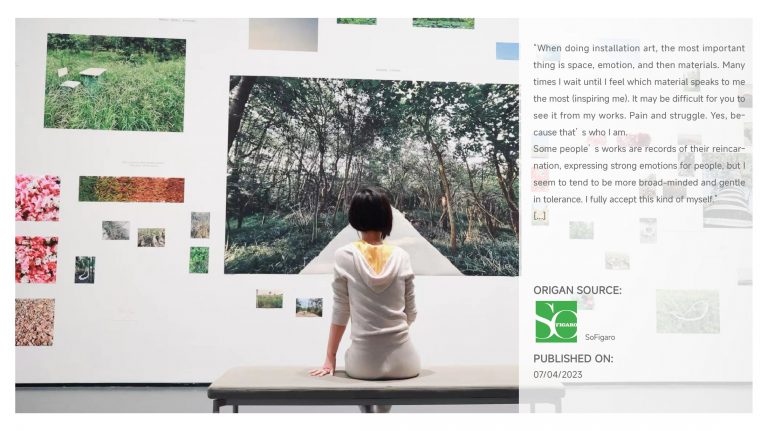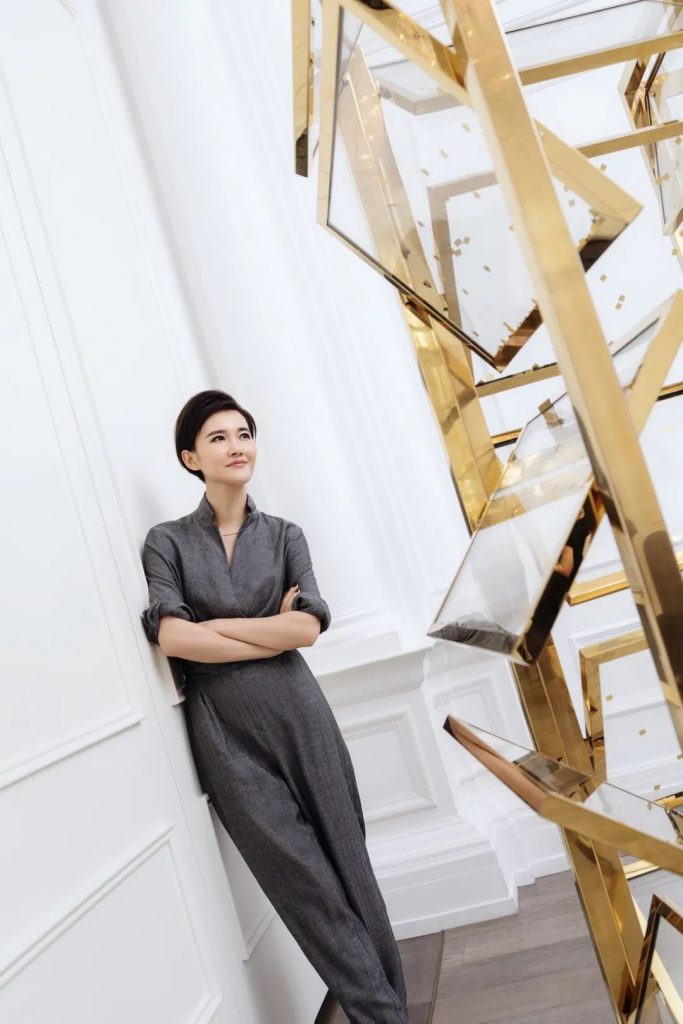
Written by: Dai Zhengyang
Image: Courtesy of the artist
Editor: Jiang Bo
The autumn weather in Shanghai in October is thick, and the occasional light rain has soaked the blue bricks of Shikumen. Half a year ago, the Xintiandi commercial district was empty and depressed due to the epidemic, but now, the young people who come here have a sense of laziness. Lazy and cozy. Walking along the path next to the plane tree, a century-old bungalow is elegantly hidden from the bustling city. The work “Savage Growth” by installation artist JUJU WANG is on display on the fourth floor of this building.
On the last floor of the bungalow, a huge bow made of steel wire is tied to the wooden beams of the room. Its wings appear crowded in this closed space, and the “ribbon” at the tail spreads from top to bottom. “The bow symbolizes innocence, and when it takes on a giant form, it symbolizes the escape and exploration we need.”
When the epidemic hit this year, many of JUJU’s exhibitions were forced to be cancelled. After a long period of isolation at home, the creation of “Savage Growth” is undoubtedly a strong release of personal emotions. Weaving the gentle innocence on the cold steel wire, and locking the ever-growing bow in the top floor of a century-old bungalow, behind this creation is the beauty of the artist’s emotional expression.
However, when the negative emotions during the epidemic were diluted over time, rationality became the main body of this work again. “During the epidemic, many of us have experienced that our homes are becoming a small universe, and the lessons we have learned have made us better and wiser.” Confinement and escape, release and reconciliation, this This is the keyword set by JUJU for “barbaric growth”. This kind of thinking about the present is particularly important for the public who are “healing and recovering”.
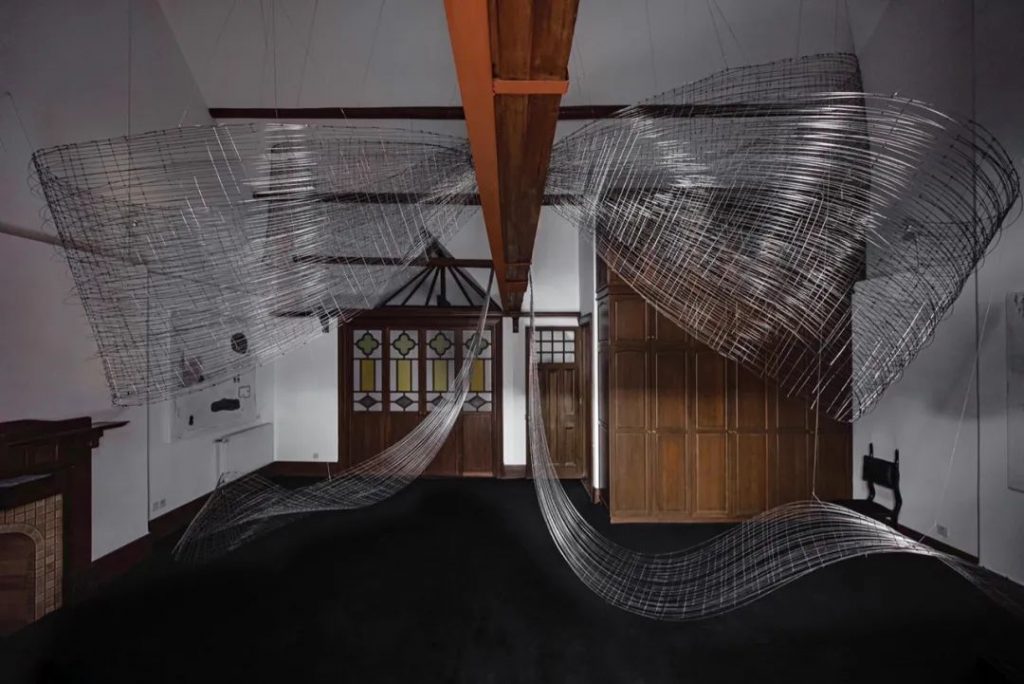
Rationality and sensibility is a balance that many artists have been seeking. On the one hand, artistic works need to express abundant emotions, and at the same time, the form should not be allowed to overshadow the content in terms of expression. As an installation artist, JUJU never hesitates to reveal her emotions in her creations. She often uses smooth mirrors to create light and shadow, treating them as part of herself. Between the virtual and the real, JUJU completes the harmony with herself and herself again and again. Conversations with others. “In terms of creation, I prefer to make something to express feelings, rather than giving it some functionality. Expressing feelings is more urgent for me.”
Looking back at JUJU’s previous works, it is difficult to feel the “sense of crisis” today. On the contrary, her thinking is more about discovering the beauty in life and retaining it. It is a kind of creation that allows sensibility to spread freely. .
In “Secret of the Ocean”, she used crystals to dig out the quiet and gentle California Bay in her memory; in “Cloud House”, she transformed traditional handmade Dai paper into clouds, trying to return to nature in the city; she uses fish Threads and bamboo sticks hang dreamy “mirages” to remind people to always look up and pay attention to the colorful colors in life; she will also use acrylic light walls on the banks of the Qinhuai River to recreate the poetic and picturesque atmosphere of the sound of lights and shadows.
“In my memory, I didn’t experience too many major setbacks. When I faced the blow, my family also gave me a lot of support. Then I learned to overcome the challenges, and my work and people began to grow together.”
In 2020, huge environmental changes have allowed JUJU to experiment with his works from different angles. Among them are the sharpness and sensitivity of an artist, and the helplessness and fear of a mother. The so-called work grows with people, which is more of a A transformation from protected person to protector. In JUJU’s other work this year, “House Of Strawberries”, she removed the red color that symbolizes vitality from her daughter’s favorite strawberries, and then let it “reproduce and grow” throughout the space. The inspiration for the work came from the The daughter’s love and protection, but the final thought is a satire on the proliferation of “ripening agents” in today’s society.
In fact, JUJU admitted that between emotion and rationality, she often chooses the latter. This is not something she does intentionally, but is buried deep in her subconscious. She studied at the University of California, Berkeley, where she majored in civil engineering. Several years of studying science and engineering allowed her to develop a rationality that was different from other artists. This kind of thinking habit is reflected in the careful consideration before each creation, the careful planning of materials and structures, and even the expression of some opinions.
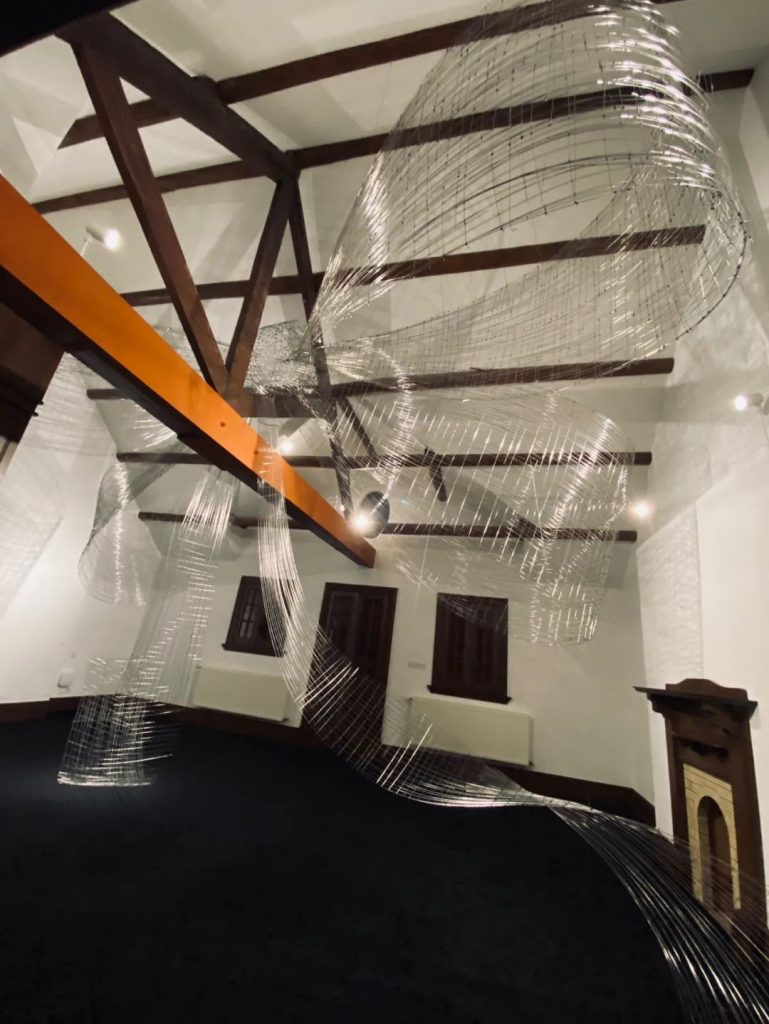
In the face of the “cloud viewing exhibition” spawned by the Internet, as well as the fast-moving consumer culture represented by short videos and live broadcasts, in JUJU’s discourse, there is little talk about any doctrine, and there is no comprehensive analysis of it from an art-oriented perspective. criticism, on the contrary, she pointed the problem at art education in the data she listed.
“Art education needs to be paid attention to in China. European and American families have plans (or habits) to buy art to integrate art and life. For example, there is a huge gap between China and Europe in art consumption. China still has huge gaps Art market space.”
At the same time, rational thinking will also allow JUJU to look at problems more calmly. For example, when talking about the significance of installation art to the development of urbanization, she will not forcefully talk about the functions of installation art, but will bluntly talk about the limitations of the shortage of urban land on art display. . For another example, the work “Looking at the Palace” that was once installed in Chaotian Palace in Nanjing had to be removed early because the audience wanted the ancient architecture to maintain its original sense. According to JUJU, art education is a gradual process.
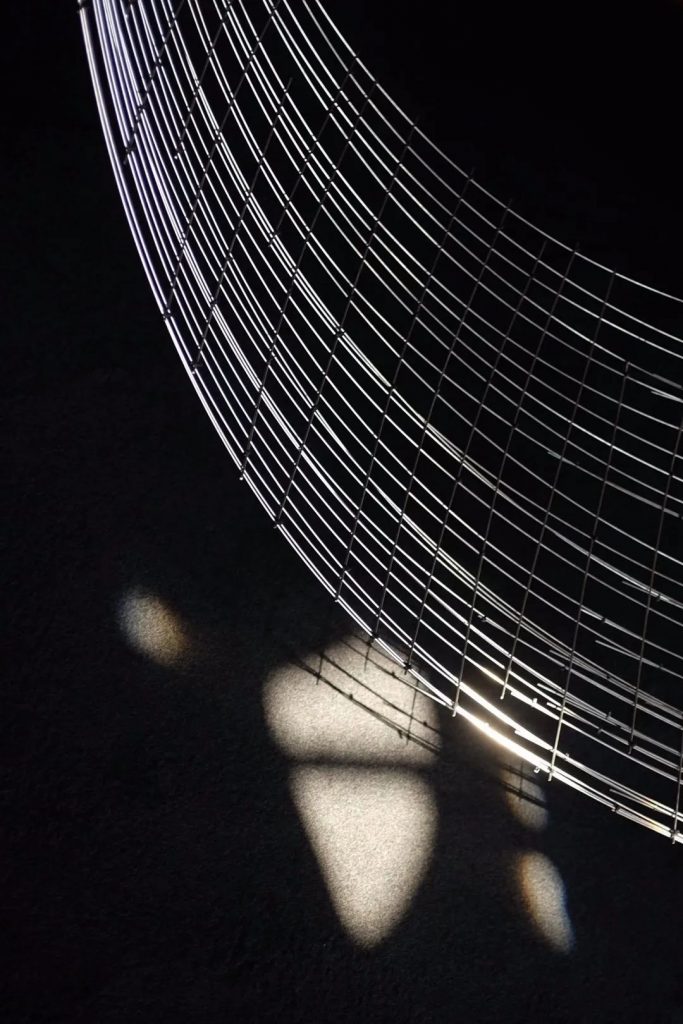
In JUJU, we can see a thinking scale about time. She always has thousands of thoughts about the past, but she is cautious about the future. Putting this scale into her creative process, you will find that whether she is keen on contacting and promoting traditional crafts, or exploring the beauty in memory, JUJU’s works ultimately point to the past and the present.
“I can’t predict what the future will be like, and I can’t express it with my works.” When asked if he had any plans for the future, JUJU bluntly said that after this year, all plans have been disrupted. Although he is worried about the future, he The creations are more based on current thoughts and emotions, and the inspiration for creations comes from nature, family and human history.
“It’s not that I don’t believe in technology. Of course, technology makes our lives more convenient and efficient. But when we return to the discussion of man and nature, it must be something that comes from the heart, not something brought about by computer technology.”
At the end of October, JUJU completed a new work “a beautiful life”, which is called “Doing Life” in Chinese. The work is inspired by embroidery master Liang Xuefang and her mother. The entire installation uses Suzhou embroidery as the main material, showing the life of the embroiderers and their ups and downs.
In Suzhou dialect, “doing life” means “doing things.” Integrating the things you love into your blood and doing only one thing in your life is not only a tribute to traditional craftsmen, but also JUJU’s expectations and insights for itself. In the past and present, JUJU’s works are not so much “nostalgia” as they are a kind of love to resist the unpredictable future.
